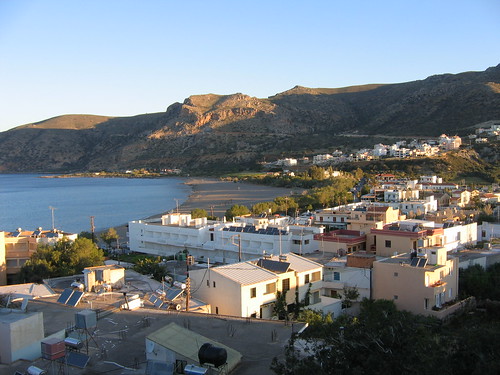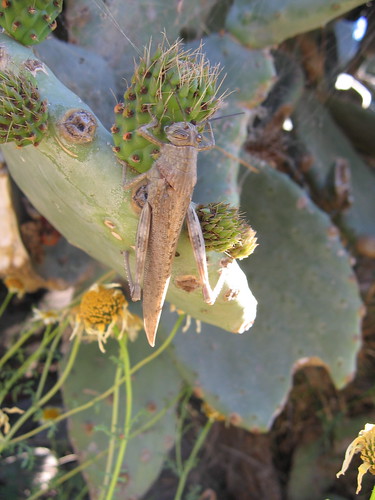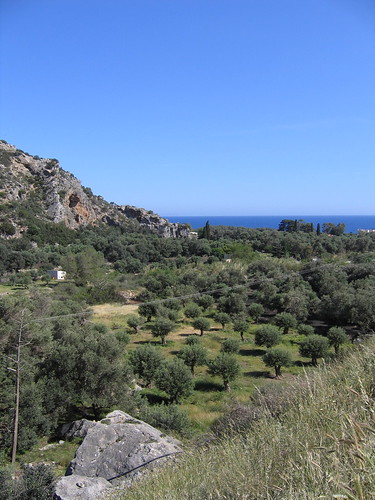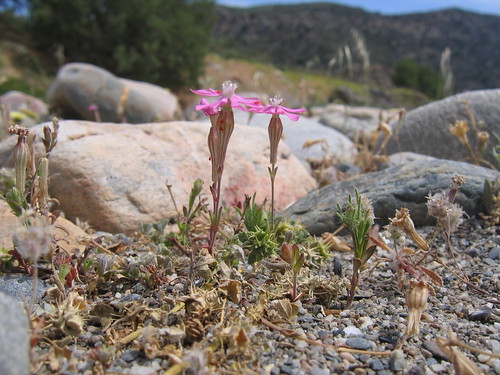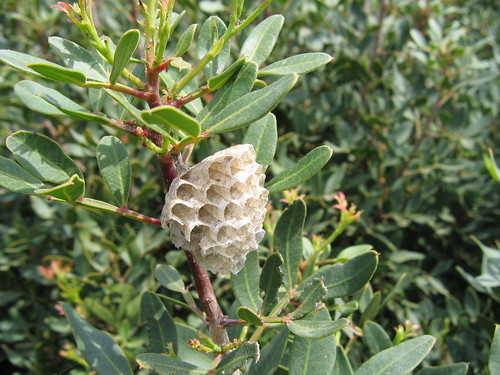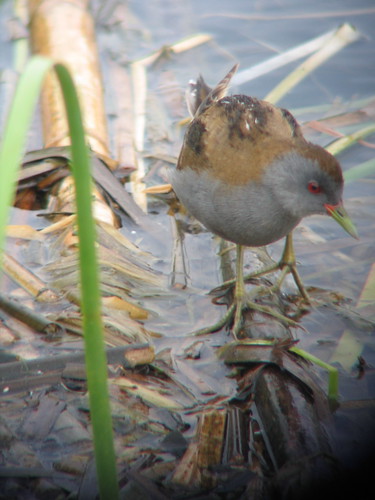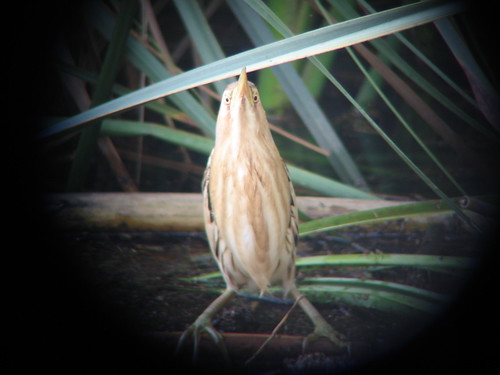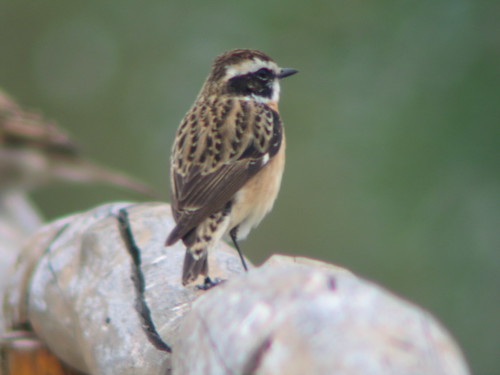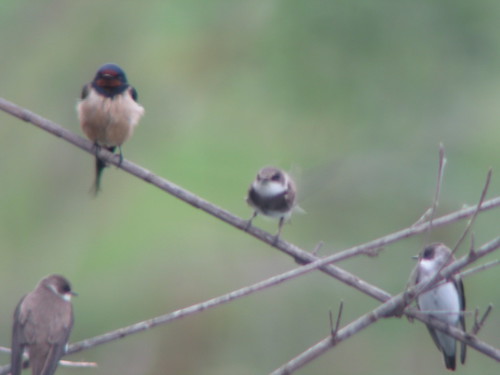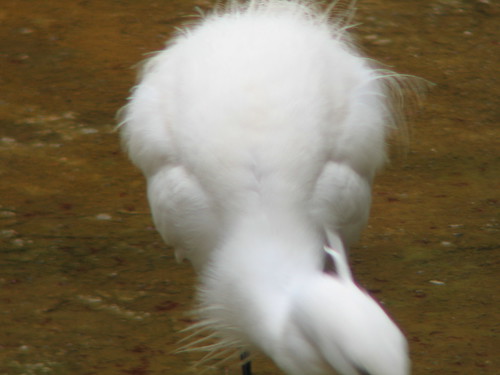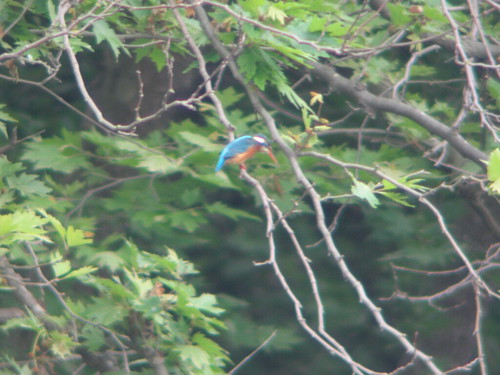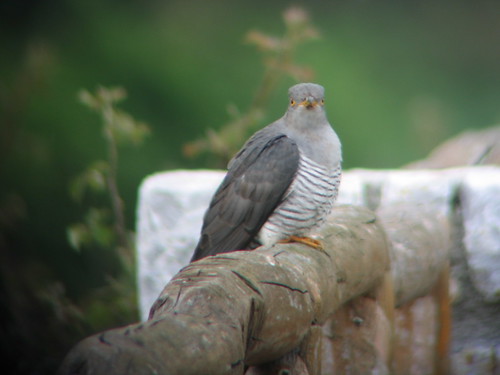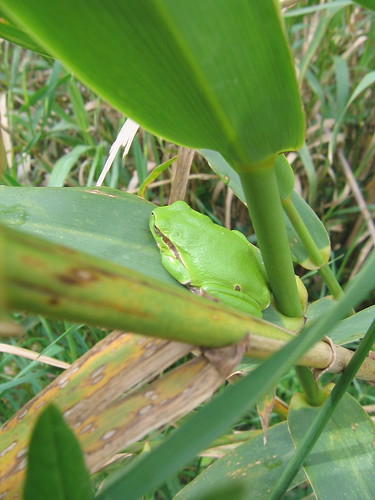The last of the three locations in Crete that I bio-blitzed was the Lasithi plateau, where I was from the 27th-28th of April. The plateau is just the prettiest place in the world, as well as providing some good birding for me. Apparently, it’s formed by the build-up of silt from the surrounding rivers creating a little flat fertile area high in the mountains. It’s like someone has taken a little slice of Holland nine kilometres by five and placed it 840m up in the middle of Crete. It even has windmills—little ones for pumping water, since although it floods in winter, in summer it gets dry enough to need irrigation.
Spring was a bit less advanced here; whereas on the south coast the flowers were looking a bit sun-blasted, here they were absolutely amazing. Real alpine meadow stuff anywhere there was enough room for it; higher up the mountain, where it got really rocky, lots of tiny little flowers growing amid the rocks. I was particularly pleased to find about 7 species of orchid.
Which makes it slightly embarrassing to admit that I didn’t actually blitz the flowers; I did have a couple of flower books with me with that in mind, but I found I was only able to ID such a small proportion of them to the species level that my list would have been seriously unrepresentative. So I’ve just got a bird list. The bird I was most pleased with was Wryneck, but there were lots of good things. The list appears below, but first, a selection of photos. The first three (the wheatear, lark and warbler) weren’t actually taken on the plateau, but they were at least taken while I was in Crete.
You can either navigate using the strip at the bottom or just click on the photo to see the next one in the set.
Common Kestrel
Peregrine Falcon
Eurasian Griffon Vulture
Common Buzzard
Common Quail
Yellow-legged Gull
Eurasian Collared Dove
Woodpigeon
Common Cuckoo
Eurasian Wryneck
Crested Lark
Woodlark
Barn Swallow
Tree Pipit
Yellow Wagtail
Common Blackbird
Sardinian Warbler
Great Reed Warbler
Spotted Flycatcher
Blue Rock-Thrush
European Stonechat
Whinchat
Northern Wheatear
Black-eared Wheatear
Great Tit
Blue Tit
Woodchat Shrike
Common Raven
Hooded Crow
Eurasian Jay
House Sparrow
Linnet
European Goldfinch
European Greenfinch
Chaffinch
European Serin
Corn Bunting
Cirl Bunting
That barn owl bio blitz button is derived from a photo on Flickr by Nick Lawes used under a by-nc-sa licence; the button is available under the same licence. Not that there’s anything wrong with the Jennifer’s BBB buttons, but I wanted something to match my colour scheme.

